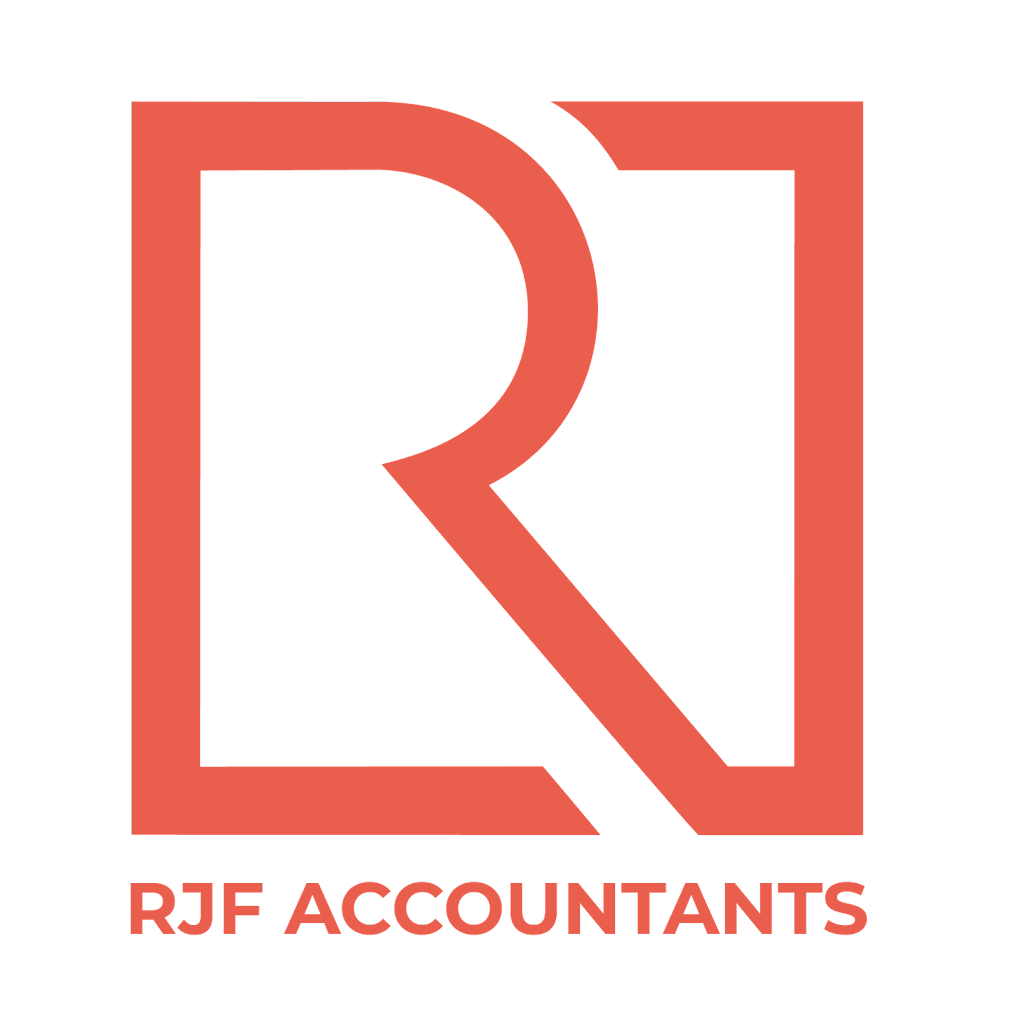Every business owner must know where the money in their company comes from and where it goes. That’s why financial management is one of the most important things to keep in mind.
What is a business budget? Simply put, it’s a financial plan that gives a company relevant information on revenue, expenditure, and capital.
Business owners also use them as guides to forecast earnings and expenditures and perhaps to hold someone accountable for mistakes and such. If you want an accurate budget estimate, follow the six steps below.
Blog Contents:
show
Step #1 – Estimate Fixed Costs
The first step is to figure out the fixed costs, which is relatively easy.
Simply list all expenses and then identify those that show repetitive costs that don’t change by the month. These include expenses such as rent, equipment leases, insurance, manufacturing costs, etc.
Add up all the fixed costs to get the number and use it for a period of 3, 6, or 12 months.
Step #2 – Identify Variable Expenses
Variable expenses are those that are not constant – the complete opposite of fixed costs. Although it’s easy to identify variable expenses, it’s harder to forecast the numbers as they vary every month.
To identify and get an accurate prediction of variable costs, it’s critical to record and tally them for a period of time. You’ll soon get an average number of each variable expense.
Step #3 – Work Out One-Time Costs
Most businesses also have one-time expenses. And although it’s not nearly as frequent as fixed and variable costs, a business budget wouldn’t be complete without accounting for the “sunk costs”.
Buying new software or equipment are examples of one-time costs, so is something like getting new furniture for the office.
Step #4 – Project Your Revenue
The next logical step is to project your future revenue. After all, one of the reasons to build a business budget is to have something that would allow business owners to compare actual and projected revenue.
This particular step allows for the setting of clear goals and understanding how to meet those objectives.
Step #5 – Track Profits and Losses
Figuring out the net profit margin is another necessary step. You can do this by deducting expenses, taxes, and any accrued interest from revenue.
The money left over, as a percentage of revenue, indicates the net profit margin. This is a key indicator of profitability and can help highlight issues in cash flow, management, marketing, operating costs, and other areas.
Step #6 – Adjust the Budget
No one should see a business budget as set in stone. It’s because the changing market trends, consumer demand, and other factors can influence the budget.
Therefore, the final step is to make the necessary tweaks. A business budget is not static but rather a flexible estimation.
By tweaking the budget, you can position your company to adapt to exterior changes. It can also help in changing goals or diverting funds towards meeting the most important objectives faster.
Final Words
Remember that having a business budget is not enough to ensure financial stability. Every business also has to set up an emergency fund with the budget as a guide.
Continually revisiting the budget is a must. And failure to re-evaluate can affect the company’s financial health and lead to overspending in all the wrong places.

